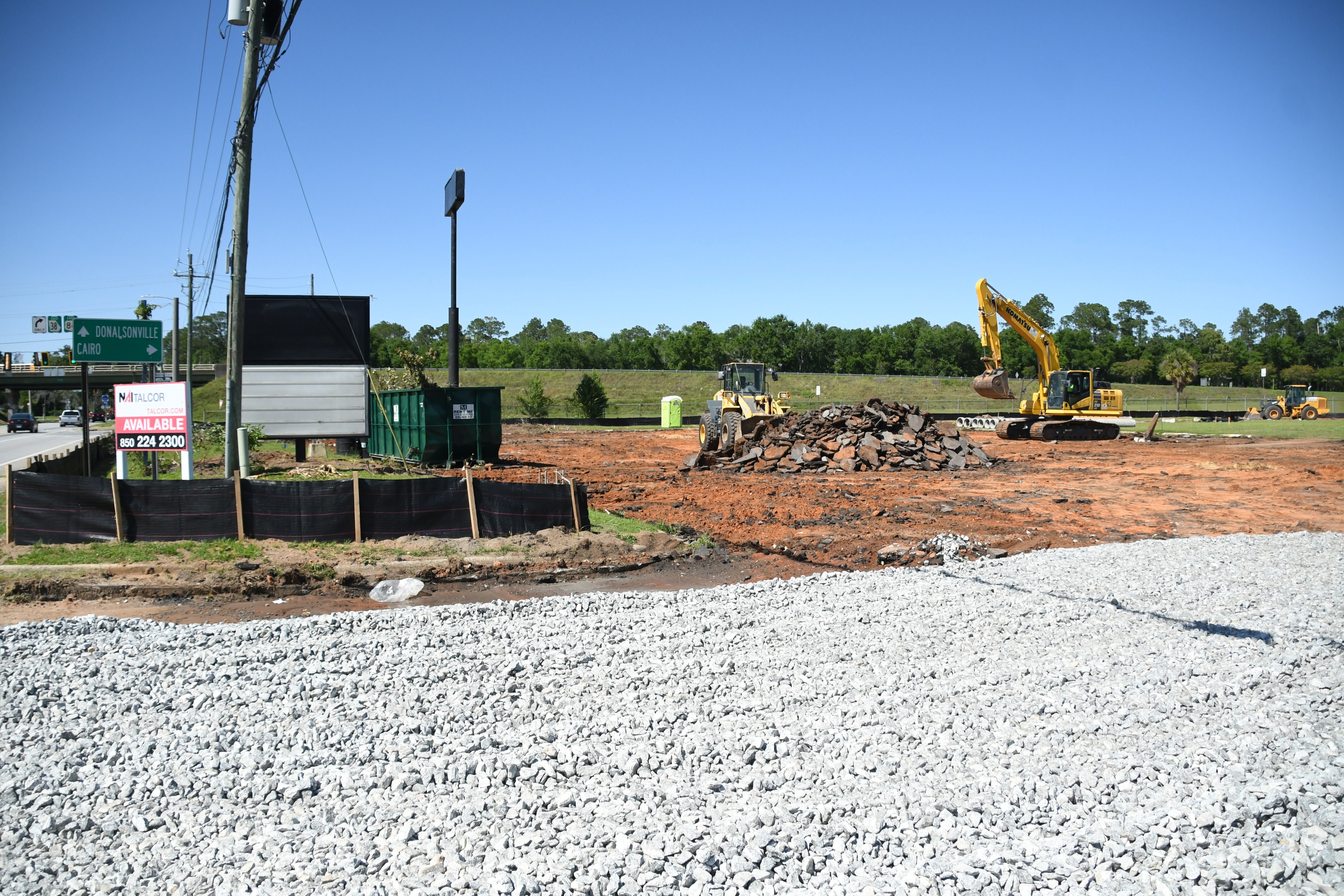Moving into 2009, it’s a matter of trust
Published 3:52 pm Friday, January 16, 2009
It wouldn’t be surprising if more than a few investors mumbled “good riddance” as the crowds sang “Auld Lang Syne” to show 2008 out the door. It was particularly gratifying to see the end of the fourth quarter, easily the worst three months of a year that saw unprecedented market volatility and negative returns across the board. No matter what specific moves are ahead for 2009, clearly the restoration of trust and confidence—and, therefore, credit—needs to top the list.
For the record, the Dow Jones Industrial Average (an unmanaged index of 30 widely held stocks) dropped 19.1 percent for the quarter; for the year it lost 34.3 percent, measured from 2008’s opening bell. The broader indexes were off by even wider margins. The NASDAQ (an unmanaged index of common stocks listed on the NASDAQ National Stock Market) was off 24.6 percent for the quarter (minus 40.6 percent for the year), while the S&P 500 (an unmanaged index of 500 widely held stocks) dropped 22.5 percent during the quarter (minus 38.5 percent for the year). The MSCI EAFE (Europe, Australasia, Far East) index (a free-floating adjusted market capitalization index consisting of the country indices of 21 developed nations and designed to measure equity performance), finished the year down 45.09 percent.
The markets finished the quarter up from the year’s lows they set in mid-November, when the Dow twice finished under 8,000—bottoming out at 7,552.29 on Nov. 20, the lowest closing number in more than five years. Analysts found that the Dow had its third worst year in its 112-year history, having lost more only in 1907 (down 37.7 percent) and 1931 (down 52.7 percent).
On another front, mutual fund flow trackers reported that as of Dec. 29, investors had withdrawn $320 billion from equity and bond mutual funds—much of it sent to money market funds. As the year went on, dividend rates from money market funds dropped to less than 1 percent as the Federal Open Market Committee kept lowering the fed funds overnight lending rate. In December that rate was set between zero and 0.25 percent.
Not all the economic news was so dark. Light crude oil, selling at an all-time high of $147.27 per barrel on July 11, closed the year at $44.60, a drop of nearly 70 percent that translated to gasoline at the pump selling in the $1.50 to $1.75 per gallon range, welcome relief for motorists who had paid more than $4 a gallon in mid-summer. It was a pleasant way of putting more spending power back into the hands of consumers. The spectacular fall was the result of drastically curtailed gasoline demand, not only in the United States, but in other developed and developing countries.
Job and housing-related figures turned a little more cheerful as the quarter ended, with a fall of 94,000 in new unemployment benefit claims for the week ended Dec. 27. Residential mortgage application volume rose 155 percent compared with the same December of 2007, according to the Mortgage Bankers Association. Mortgage rates kept falling, ending the year at an average of 5.1 percent for a 30-year fixed-rate mortgage.
With the financial services business landscape already altered by company failures and buyouts in September, Congress in October passed a $700 billion economic stabilization bill and the Treasury Department eventually began injecting money into the economy through banks and other firms, although Treasury Secretary Henry Paulson canceled the debt buy-back idea he had originally proposed. Congress balked at bailing out the “Big Three” automakers, but the Bush administration in mid-December agreed to make available $17.4 billion of the economic stabilization funds as rescue loans in return for a series of concessions by unions and management.
There was more to highlight the madness of this quarter. In early December, Bernard Madoff, who in the early 1990s served as non-executive chairman of the Nasdaq Stock Market, was accused of running a giant Ponzi scheme that bilked wealthy hedge fund investors (some of them very well known) out of an estimated $50 billion. While the details are yet to emerge, the news did nothing to bolster investor confidence.
In the middle of it all, there was an election, from which Barack Obama emerged as president-elect. He wasted no time in reassuring both Wall Street and Main Street that he would place the economy as his highest priority, proposing a number of measures he hopes to have ready after he takes office on Jan. 20.
Just as no one knew in advance to what depths the markets would sink in 2008, no one knows what the markets and the economy will look like at the end of the first quarter of the new year. But there is a degree of optimism that new, positive economic measures and gradually easing credit will begin to spur investors to take advantage of the investment opportunities that arise and watch carefully for market confidence to return in 2009.
Happy New Year!



